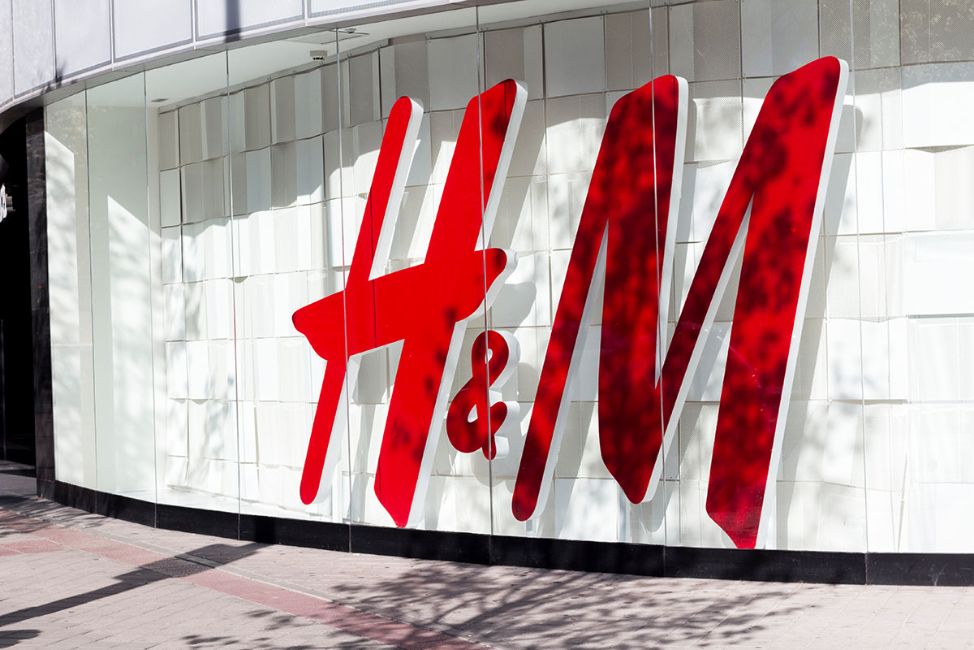Fashion isn't just all about dressing up, and H&M's supply chain procedures are a testament to that. Globally recognised for being a successful and expansive retail giant in terms of market and financial prosperity, H&M's supply chain strategy is a continuous search for promising markets, cost-efficiency in production of goods and reduction in lead times for their retail inventory.
H&M, which ranks number three on Gartner's Supply Chain Top 15, is the world's second-largest clothing retailer. This is certainly no easy feat for a company that has 950 stores in 19 countries, and raked in a whopping turnover of 14.6 billion euros in 2013. With such staggering figures, one can only wonder how the retail giant manages to successfully stay afloat and ensure adequate stock control for its fleet of stores.
The organisation's reliance on efficient and integrated systems for retail inventory management in the major components of its supply chain has played a huge part in enabling success in its stock control management and a well-earned placing in the Gartner list. Let’s take a look.






















